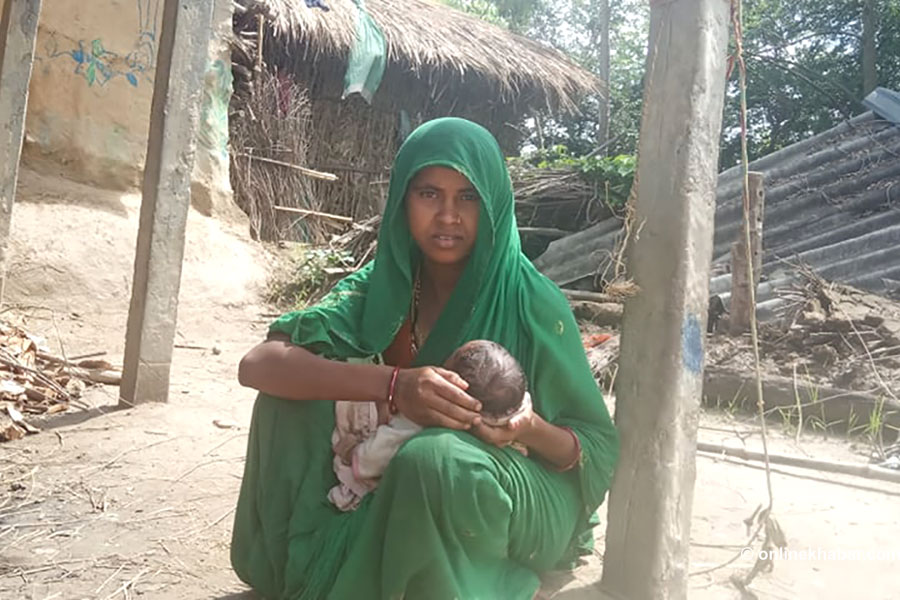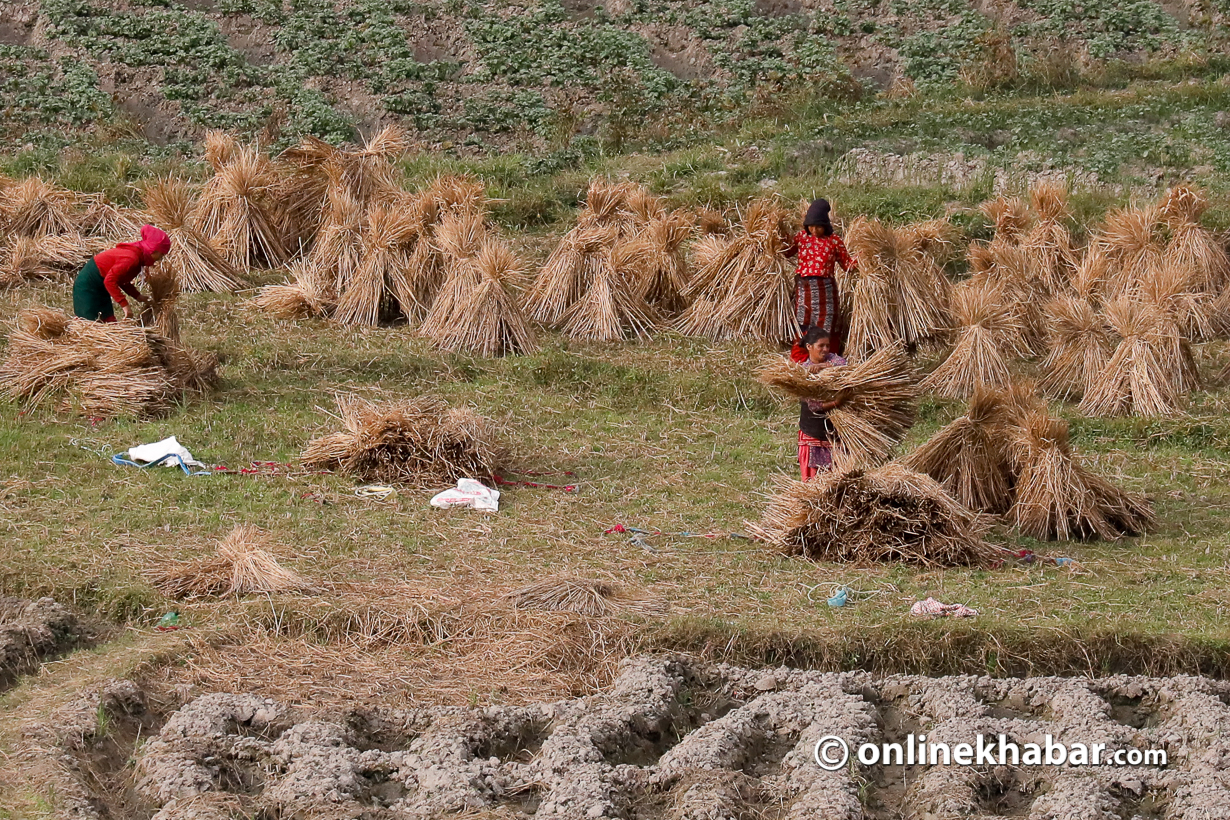
Malnutrition in children of Nepal has now become an elephant in the room due to the Covid-19 pandemic. The United Nations child rights agency, Unicef, has warned that 4,000 children could die in Nepal in the next six months as the pandemic has crippled the healthcare system. A hunger crisis could overtake Nepal if the country cannot prioritise our immediate needs and act on them promptly.
Before the lockdown started, almost 850,000 children under five (27 per cent of the total) were underweight and over 300,000 (10 per cent) wasted (too thin for their height). Similarly, 1.8 million adolescent girls and boys (32 per cent) were stunted (Unicef). These numbers have certainly increased due to the current pandemic situation.
Given that this was the situation before the pandemic, imagine the situation of children in the family who have been deprived of jobs, facing the lack of sufficient and nutrient food. Acute respiratory infections and diarrhoea, Nepal’s leading causes of death among children under five, are linked to acute malnutrition, according to the Ministry of Health and Population. It means the Nepali children are at a ‘double risk’—of the Covid-19 and malnutrition if we do not act promptly.
The Covid-19 is causing disruptions in medical supply chains and straining financial and human resources. Malnutrition contributes to 25,000 child deaths in Nepal per year, accounting for 52 per cent of child deaths, higher than any other cause (Unicef, 2019). And, poor health conditions, which arise due to poor sanitation, poor hygiene habits, and poor living conditions are leading causes of malnutrition. Those who are hit the hardest fall in the low wealth quartile and their children have to work day in and day out to make hand-to-mouth survival. Further, there are people who cannot maintain sanitation because of the lack of accessibility and affordability to the means of resources.
In addition to this, more than three million of the country’s 30.4 million people do not have access to safe drinking water despite the country’s abundant freshwater resources. Nearly 19 million do not have access to ‘improved sanitation–public standpipes, covered wells or springs, piped household connections or boreholes (Forum for Water and Sanitation, and The New Humanitarian).
The question, then, is how they can follow sanitation protocols sanctioned by the government to be safe from the Covid-19. Or can they continue to neglect the safety of those malnutrition-vulnerable children amid this pandemic?
While most children with wasting are in the remote hills of mid-west and far-west regions, considered the poorest areas nationwide, the situation for severe acute malnutrition is worse in the southern fertile plains bordering India, known as the Terai. Now, also with more confirmed positive cases of Covid-19, we cannot neglect that Terai is in the red zone. Here, the pandemic is impacting on the nutritional level of children because of the lack and unaffordability of basic food supplies, disruption of the food supply chain, loss of income, and livelihood during the quarantine. Social distancing has reduced farmers’ and consumers’ access to food markets, due to which food prices are on the rise and access to proper consumption is going down.
More than 15 per cent of children are estimated to be acutely malnourished due to poor sanitation, contaminated water, and waterborne disease outbreaks during the monsoon, according to the government. During the season, diseases like flu, malaria, and diarrhoea will increase, along with the increased risk of malnutrition.
The focus of the government now is directed towards the control of pandemic and a large sum of money is being invested to buy necessary utilities. Amid the risk of the virus, there is also a high probability of the death of children due to malnutrition.
Nepal has to bring down child mortality to 25 per 1,000 live births to meet the United Nation’s Sustainable Development Goal target. However, this seems like an impossible landmark to follow, now in a condition where economic growth is compromised. The main survival technique is to cope with the coronavirus crisis as fast as we can to prevent future fatalities.
Our priority must address the immediate, urgent needs of medical equipment and supplies, technical assistance, and financing to stop the Covid-19 and mitigate its impacts. Any delays will see our liability rise, as food production, growth, and the economy continue to deteriorate. Local agriculture needs to regenerate as fast as we can, to maintain the balance of price, supply chain, and nutrition level in the country.
Devkota is a psychology and social work graduate. She currently works as a gerontologist.
























